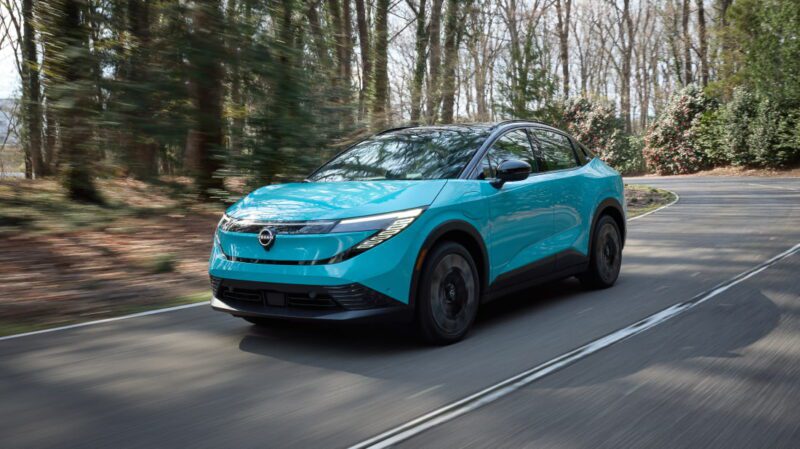Nissan has unveiled the next generation of its Leaf, a car that arguably brought EVs into the spotlight more than a decade ago, and which became the first “mass market” EV since the original version was launched back in 2010.
The new Leaf – the third generation of the vehicle – was showcased on a YouTube live event overnight, and highlighted the key features of the new car and some of the specs that will be offered.
The biggest news is the range – up to 600kms on some models – and the dumping of the original CHAdeMO plug protocol, as it shifts to the now common CCS, and offers vehicle to load (V2L), as well as being vehicle-to-home compatible in Japan and vehicle to grid compatible, initially only in Europe.
“The original LEAF helped popularize electric vehicles, and this third generation invites consumers to embrace an EV lifestyle with a range of compelling features,” Nissan President and CEO Ivan Espinosa said.
“It plays an important role in our Re:Nissan action plan, offering impressive performance, stylish design, and advanced technology.”
The new 2026 Nissan Leaf features more of an SUV-like body styling compared to the iconic hatchback ,and according to Nissan, it will help with aerodynamics, helping it deliver more range.
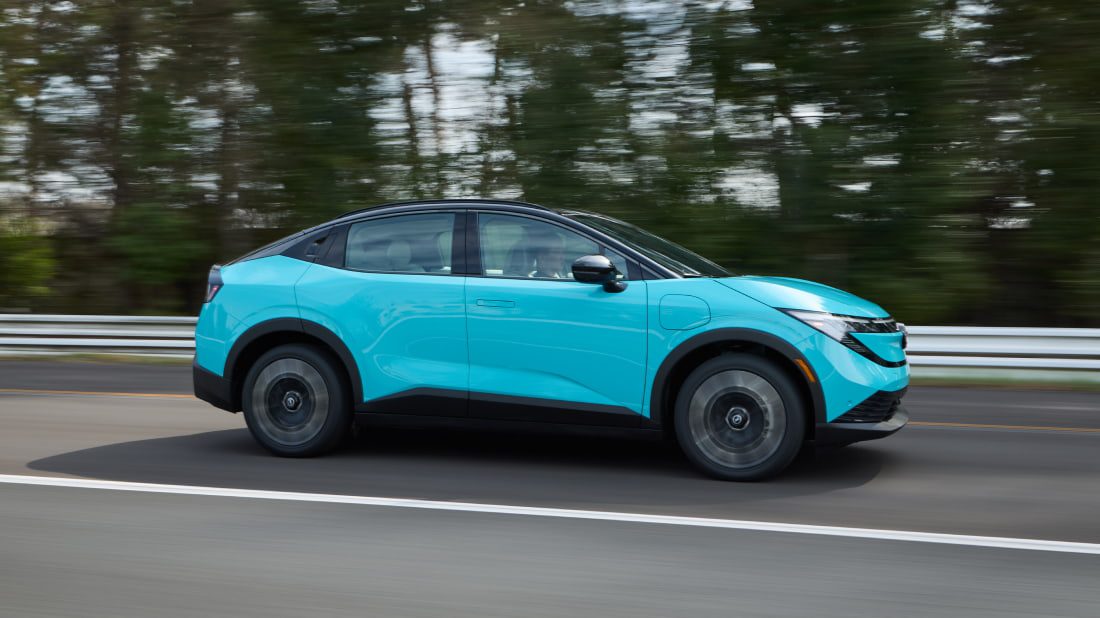
The car will feature be a 52 kWh liquid cooled battery pack that will be able to get the motor to an output of 130 kW and 345 Nm of torque. This battery pack will deliver up to 436 km of range on a single charge.
There is also a bigger 75 kWh battery pack, paired with this new motor, which can output 160 kW of power and 355 Nm of torque. The larger battery pack will deliver up to 604 km of range.
The new powertrain also claims to have a 0-100 km/h time of 7.4 seconds, making it one of the slower EVs on the road today. That’s even slower than the outgoing model, which can do the sprint in 6.9 seconds.
More importantly than the sprint times, the upcoming model will feature a CCS port for charging, ditching the CHAdeMO port, helping it be far more accessible to chargers around the country.
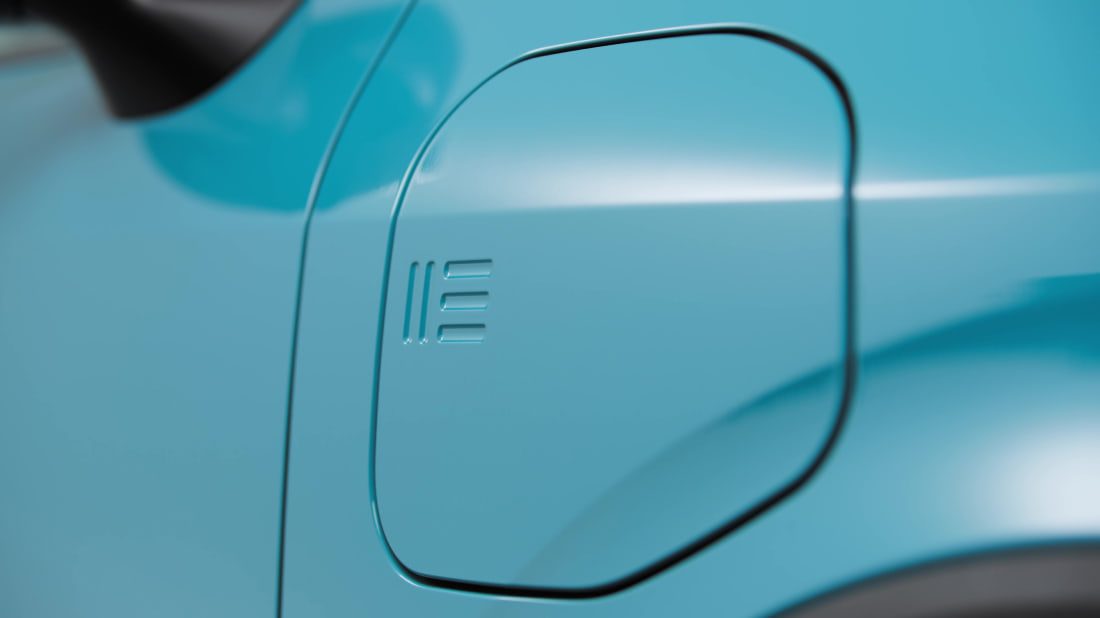
One other feature worth noting is that the vehicle-to-load (V2L) feature will be available to customers, making it easier to power equipment, including from the boot of the car.
There was also a teaser of the V2G capabilities, but not a lot more was shared at the global unveil event. The previous Leaf was one of the few vehicles delivering V2G, but that was through CHAdeMO.
“Specifically for Europe, the all-new LEAF is Vehicle-to-Grid (V2G) compatible, such that in the future it will be able to send stored energy back to the power grid,” the company says. “This function will help customers reduce energy costs while supporting a more stable and sustainable energy system.”
Moving onto the inside, there are dual screens, one behind the steering wheel while the other is the main infotainment unit.
That reminds us of the setup Kia and Hyundai EVs have today, and it seems to work quite well in those vehicles.
On the infotainment screen, it’s now powered by Android Automotive, making it easier to access Google Maps, services and apps through the Play Store.
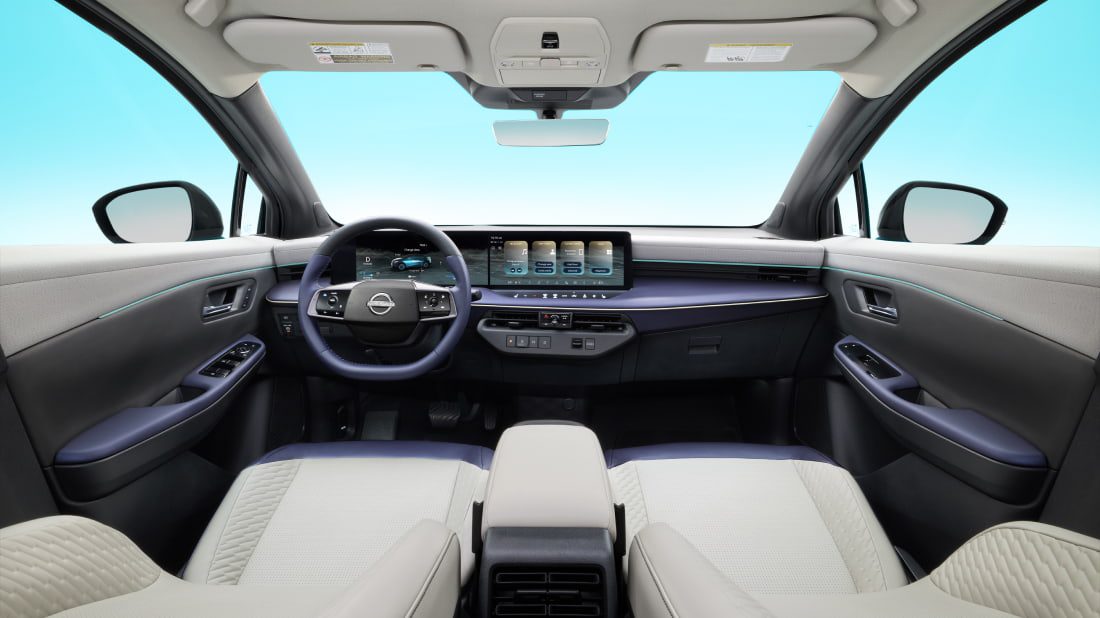
This will make it easier for owners who do not want to connect their phone via Android Auto or Apple CarPlay, as the apps on the Android Automotive system, like those seen on Volvo and Polestar vehicles, will be found in the car, once downloaded.
For the first time in the Leaf, there will also be route planning, which Nissan Leaf buyers will very well receive, although this has been a standard feature in Tesla, Polestar and Volvo vehicles for years now.
The new Leaf also features a moonroof with a night-dimming feature included with the touch of a button. The rest of the interior is quite clean, similar to many other EVs and feels quite modern.
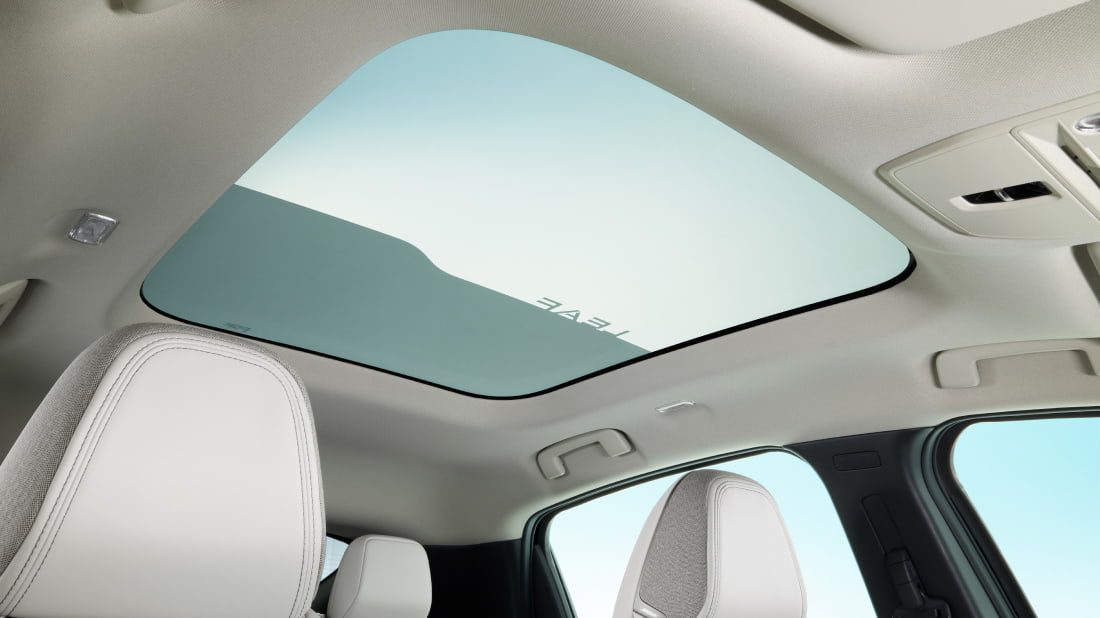
On the outside, it looks more like an SUV with certain sedan features. It does make the new Leaf more practical and would be more appealing to families.
This car now has pop-out door handles that were first put into mainstream EVs with the Tesla Model S back in 2012. This of course, will help with aerodynamics and efficiency of the upcoming car.
Local pricing and specifications of the new model are likely to be announced early next year, ahead of its launch in 2026.
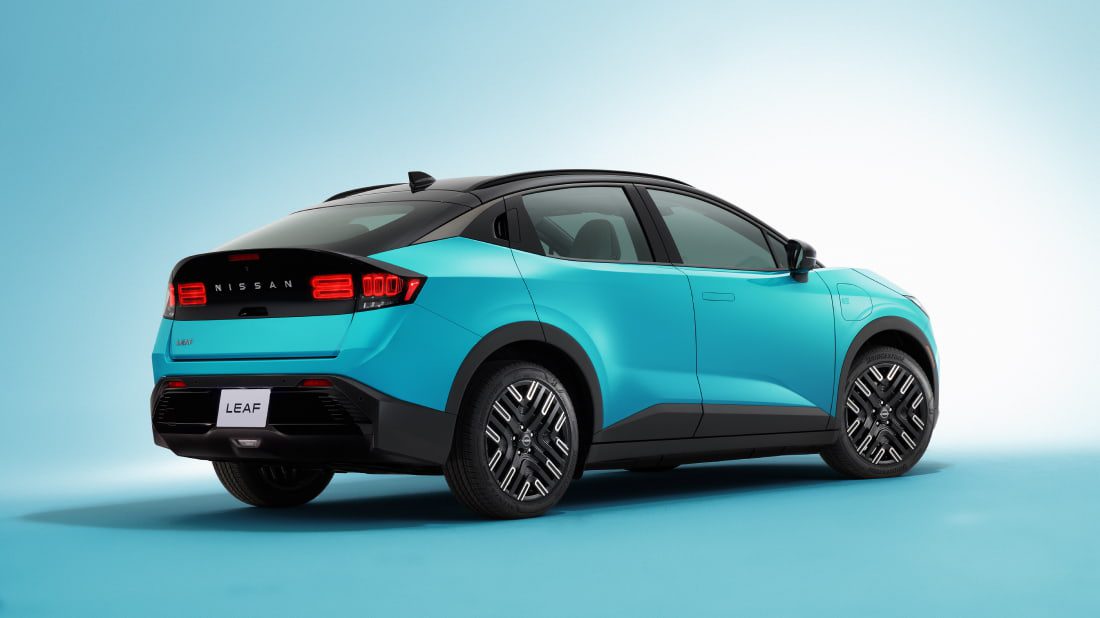
As mentioned earlier, it’s been 15 years since the original Leaf was launched back in 2010. During that time, over 700,000 Leafs have been sold, and the new model is expected to grow that significantly in years to come.
All-in-all, the new Leaf on paper appears to be a big step up over the outgoing model. Will it be enough to convince buyers in Australia to consider Japanese EVs?
Only time will tell, but in the meantime, the onslaught of models from China continues with plenty of options for buyers in what is now, to the world, quite a unique EV market.

Riz is the founder of carloop based in Melbourne, specialising in Australian EV data, insight reports and trends. He is a mechanical engineer who spent the first 7 years of his career building transport infrastructure before starting carloop. He has a passion for cars, particularly EVs and wants to help reduce transport emissions in Australia. He currently drives a red Tesla Model 3.

